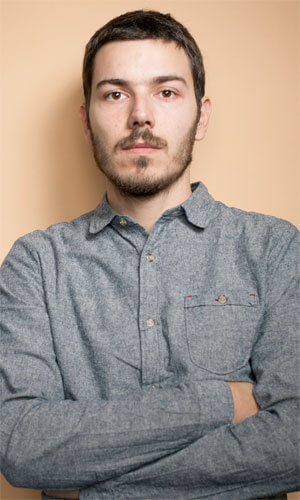Although Carlos Chavarria was born and raised in Madrid, Spain, his photography is strongly influenced by both the classic American documentary Photography and the New color American Photography, unlike the classic genres Carlos uses this aesthetic in his work to explore more conceptual subjects that are directly related to his own experience, moving away from the classic objective documentary approach. Common elements like isolation, identity or references to “the intermediate” are often found in his work. Carlos holds a Masters program in Photography from the European University of Madrid and
in 2010 he was selected as one of the best emerging photographers to participate in the international award "Descubrimientos PhotoEspaña 2010",right after that he moved to San
Francisco to continue working in his Photography, since that he's shown his work in several galleries and venues in Spain, France and United States, and has worked for magazines like TIME, Monocle, Sunset or Bloomberg Business Week among others.
